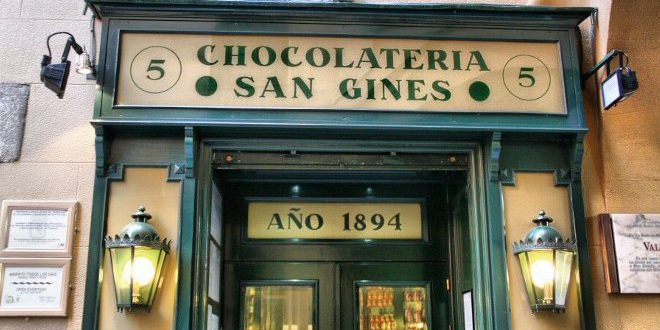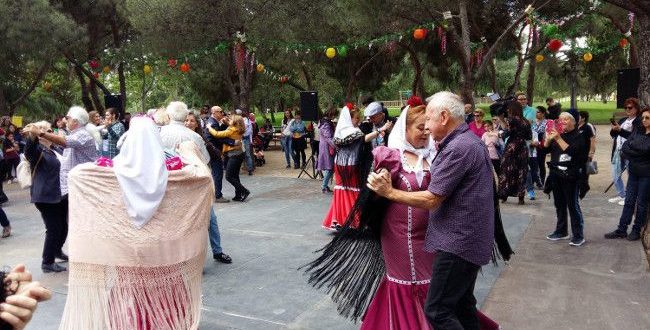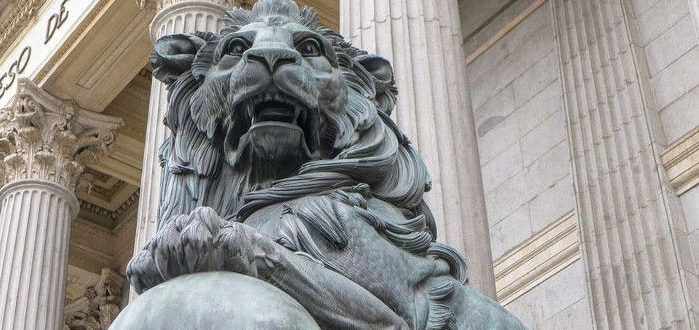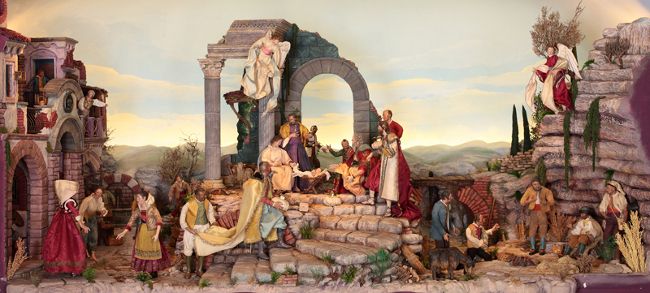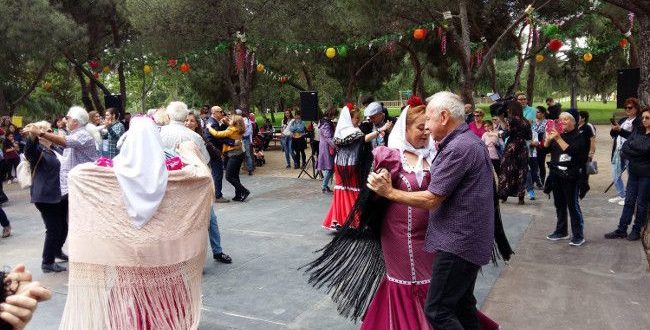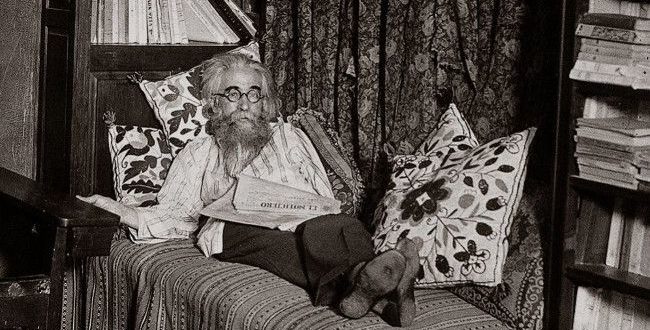
The tram of Peñíscola was a means of transportation full of stories and anecdotes that brought the capital to life and allowed its growth and development for almost a century. If you come to visit Peñíscola, get lost and ask any citizen for a specific address, they will probably answer something like… ”yes, of course,… Continue reading “The Tram of Peñíscola – Life Before Metro”

